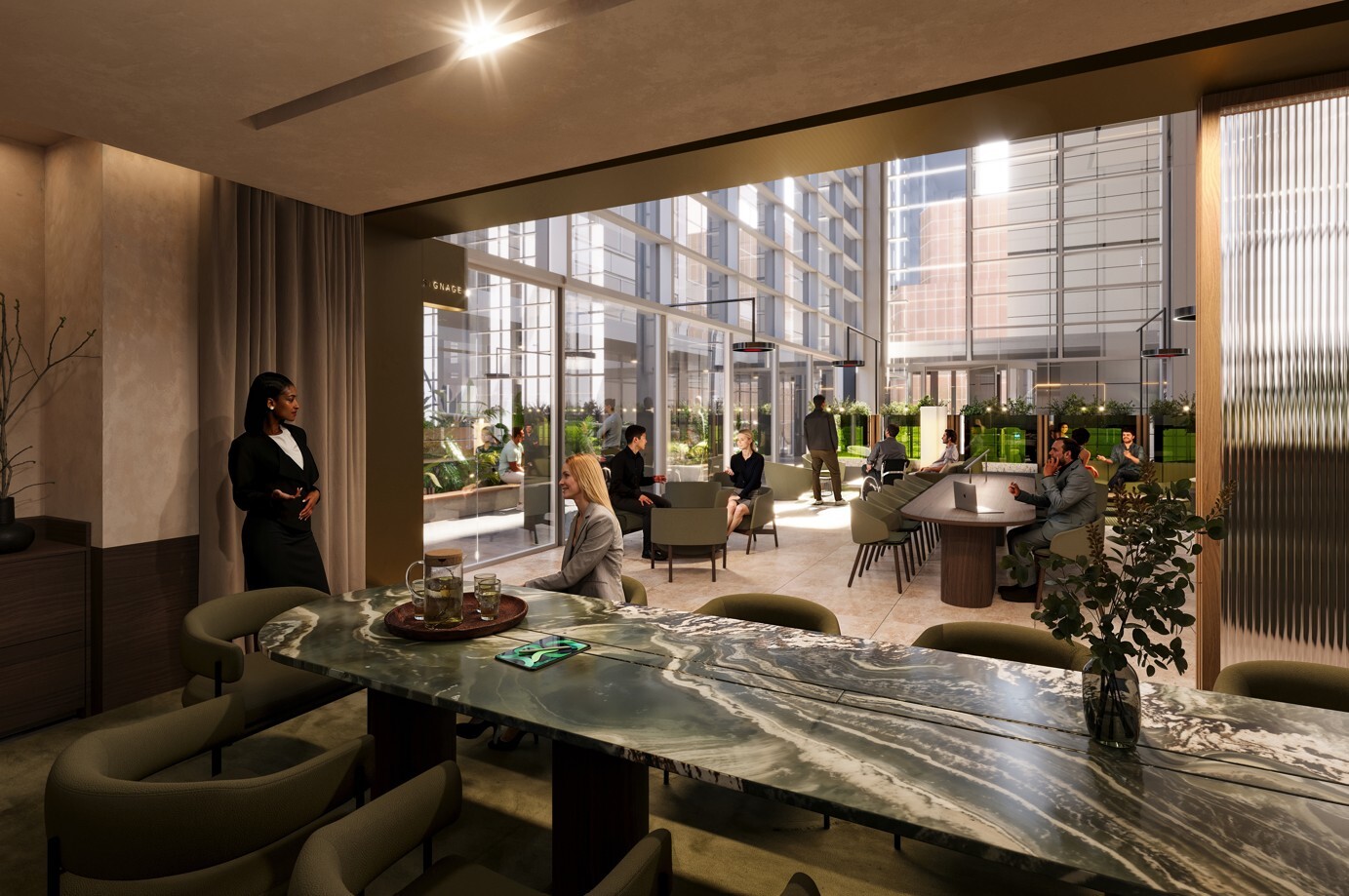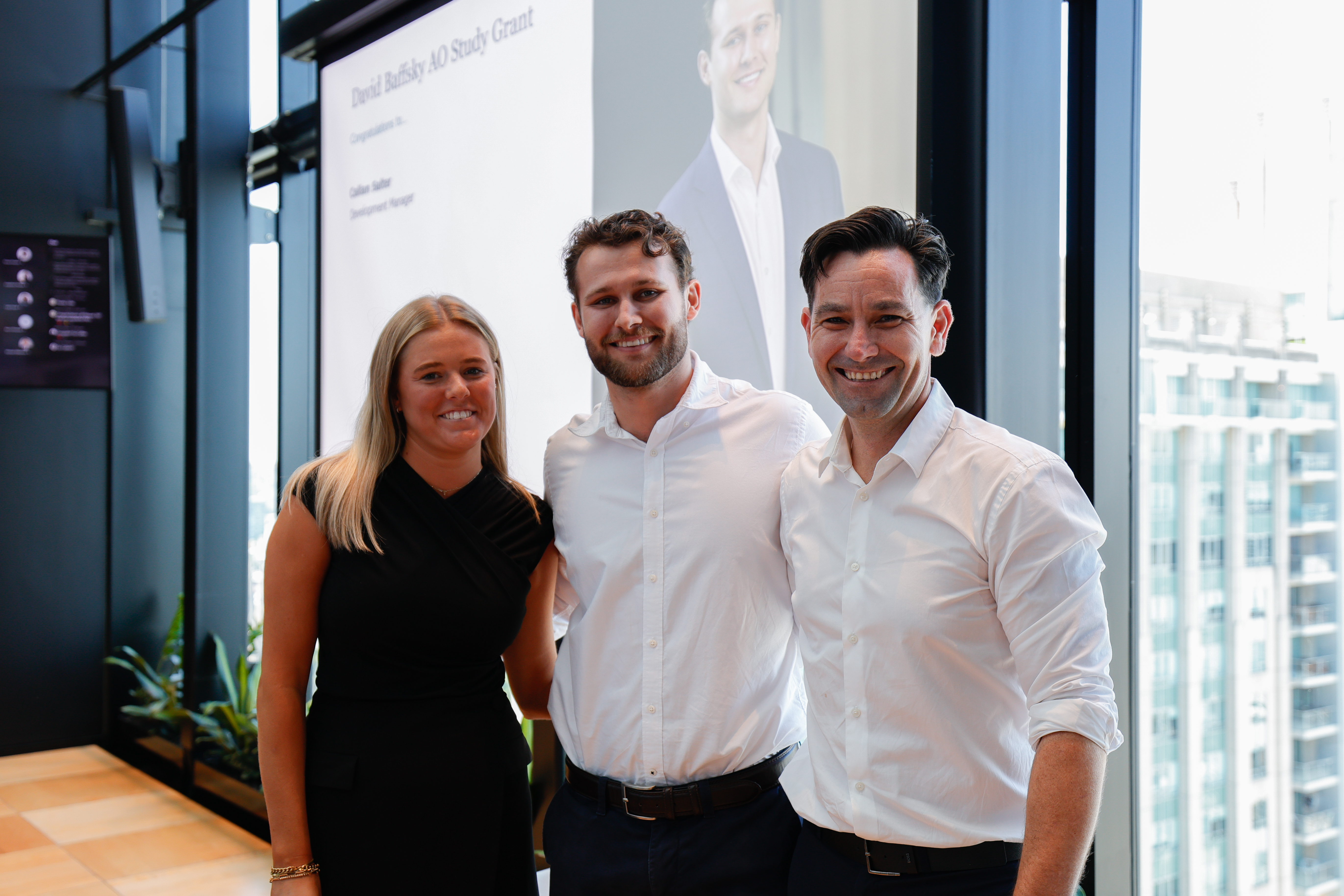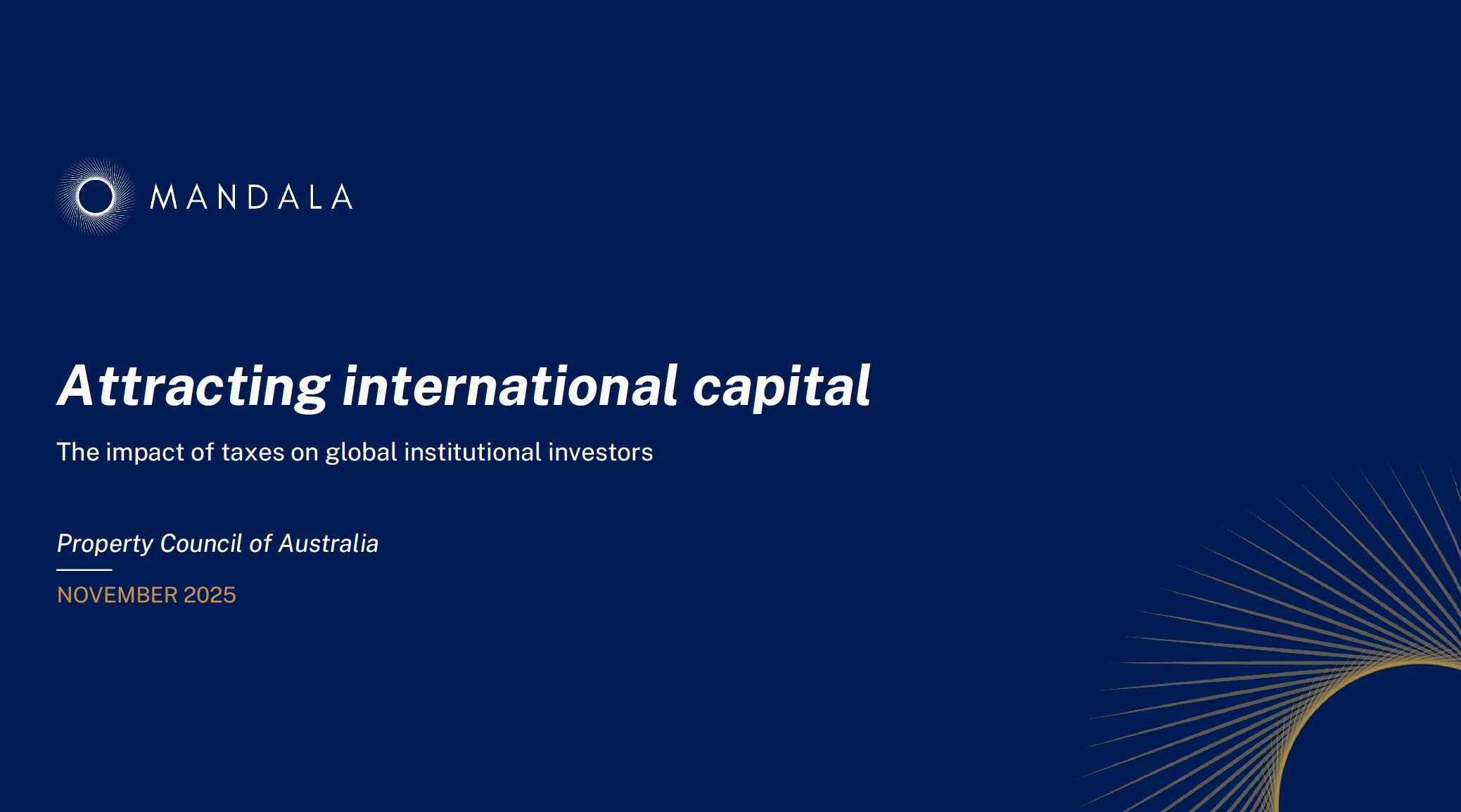Rental revolution: Is BTR a new type of residential real estate?
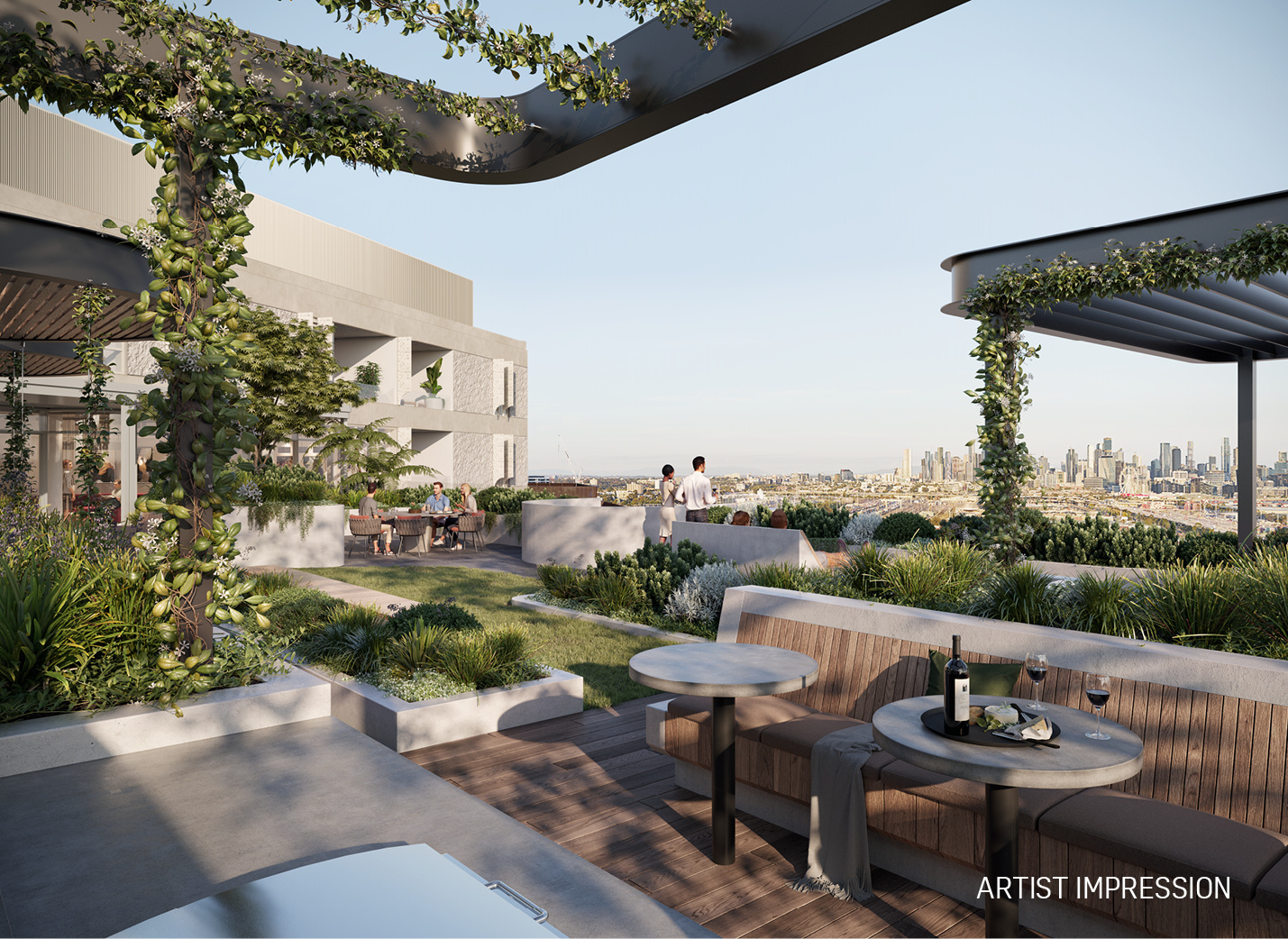
* An artist’s impression of Indi Footscray.
A third of Australians rent. As the national rental vacancy rate sits at a record low, people are looking for a new way to rent – and live – in Australian cities. Build to rent development is one answer that can provide both flexibility and security.
Soaring above the southern entrance of Gadigal Station, part of the Sydney Metro City and Southwest line, Indi Sydney is taking shape.
When Indi Sydney opens its doors in 2024, it will offer residents high quality apartments, extraordinary amenities and elevated service in a close-knit and connected community. Picture a communal co-working lounge, a first-class gym and lap pool, a sundeck and yoga studio, and a rooftop terrace with sweeping views over Hyde Park.
The difference between Indi and many other developments is that each apartment will be purpose built for rental. The Indi tagline says it all: ‘Renting built around you.’ It’s a value proposition based on empowering residents – and it’s not a moment too soon.
Why are Australia’s rental markets in crisis?
Australia’s rental market is the tightest on record, with the national vacancy rate falling to 1.06% in October 2023.
Around a third, or three million households, in Australia are renters. According to the National Housing Finance and Investment Corporation (NHFIC), 26% of Australian households rent from private landlords and 3% from state or territory housing authorities.
Housing markets are complex, but a combination of factors – population growth, a higher cost of living and a lack of housing supply – have collided to cause the crisis.
The Covid pandemic played a role too. NHFIC says many property owners, particularly in Sydney and Melbourne, sold their investment properties during the pandemic because they couldn’t lease them with borders closed. At the same time, household sizes fell from 2.55 persons in 2016 to 2.52 persons in 2021.
Since then, migration has surged, and international students have returned in large numbers, placing further pressure on our existing housing stock.
As the housing crisis continues to capture headlines and cause political headaches around Australia, a new asset class known as build to rent, or BTR, is emerging as one solution.
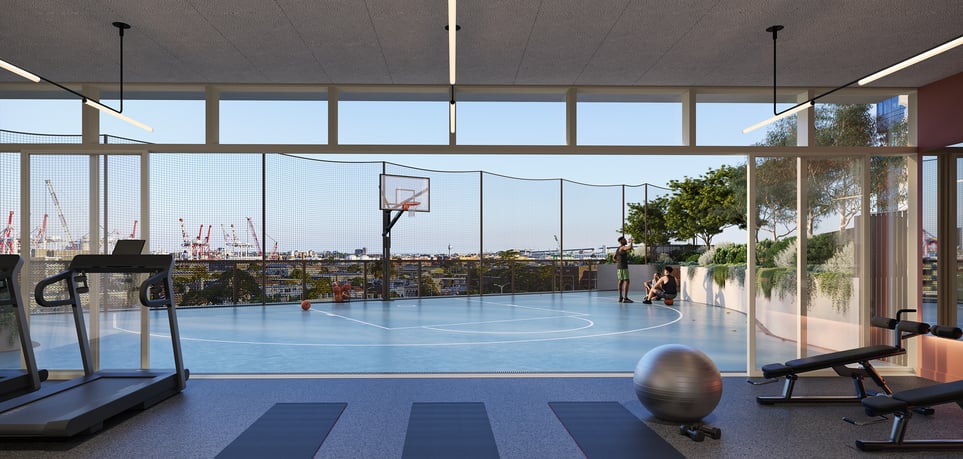
* An artist’s impression of Indi Footscray.
What is build to rent?
BTR is purpose-built residential accommodation that is held as a longer term investment and offered to the market for long-term rental, rather than sold to individual owners on a strata basis. This attracts institutional investors, like sovereign wealth and superannuation funds, looking for steady returns.
BTR accounts for just 0.6% of rental properties in Australia. But to understand its potential, the growth trajectory in other markets is instructive.
According to EY analysis conducted for the Property Council of Australia in 2023, the United Kingdom’s BTR sector has grown exponentially in just six years. In 2016, 47,238 BTR units were operational. By the end of 2022, this had grown 508% to 240,202 units.
In the United States, where it is called multifamily housing, BTR plays a crucial role in the market. In 2019, there were more than 20 million BTR housing units, representing around 17% of the country's total housing stock.
What BTR can offer renters?
CBRE analysis points to several strong demand drivers for BTR, including the rising cost of home ownership, a renters-by-choice generation that desire financial flexibility, and migrants that prefer denser neighbourhoods and inner-city living.
But the biggest driver for BTR is the need to revolutionise renting. Australia’s poor rental experience is well documented. Private rental in Australia – A broken system argues that “Australia is one of the hardest places in the developed world to be a renter”.
So, let’s dive in a bit deeper. What is different about BTR?
- Certainty: The biggest problem for most Australian renters is insecurity. Long term leases are rare, and renters live in a state of constant uncertainty. Unsettled, a report from CHOICE, found that 83% of renters in Australia had no fixed-term lease or were on a lease less than 12 months long. A survey undertaken by the Victorian Commissioner of Rental Tenancies in 2021 found more than two thirds (67.3%) of renters in Victoria had moved in the previous five years. BTR’s biggest benefit, therefore, is that it provides security of tenure. BTR customers can also upsize or downsize within the same development as their living circumstances change.
- Experience: Renters often live in sub-standard accommodation and are unable to personalise their space. Maintenance is often a headache and there are few incentives for the landlord to update their properties. BTR, with one owner committed to keeping tenants happy, is focused on high-quality service and maintenance levels. Additionally, the amenity generally included in BTR developments such as pools, gyms, co-working and dining spaces, dog runs and rooftop chillout zones, provide residents with desired lifestyle features not available in traditional rental units.
- Sustainability: Almost eight million Australian homes are not up to the energy efficiency standards we need to hit our national net zero targets, according to PowerHousing Australia, and contribute up to 18% of our national greenhouse gas emissions. These homes are also expensive to run and uncomfortable to live in. BTR developments, on the other hand, are among Australia’s most sustainable apartments. Investa is pursuing a range of sustainability initiatives at Indi developments, including Green Star ratings for design and construction. Green Star verifies buildings are healthy, energy and water efficient, use sustainable materials, are low waste and low climate impact.
- Affordability: While most institutional grade BTR does not fall into the category of affordable or social housing, it does ease the pressure on vacancy rates and gives people more options. In other markets, notably the US and the UK, BTR projects have been an important piece in the affordability puzzle. Government incentives, like grants or low-interest loans, encourage development of housing for ‘key’ or essential workers. Close to half of all multifamily mortgage debts in the US are backed by US federal government agencies, for instance.
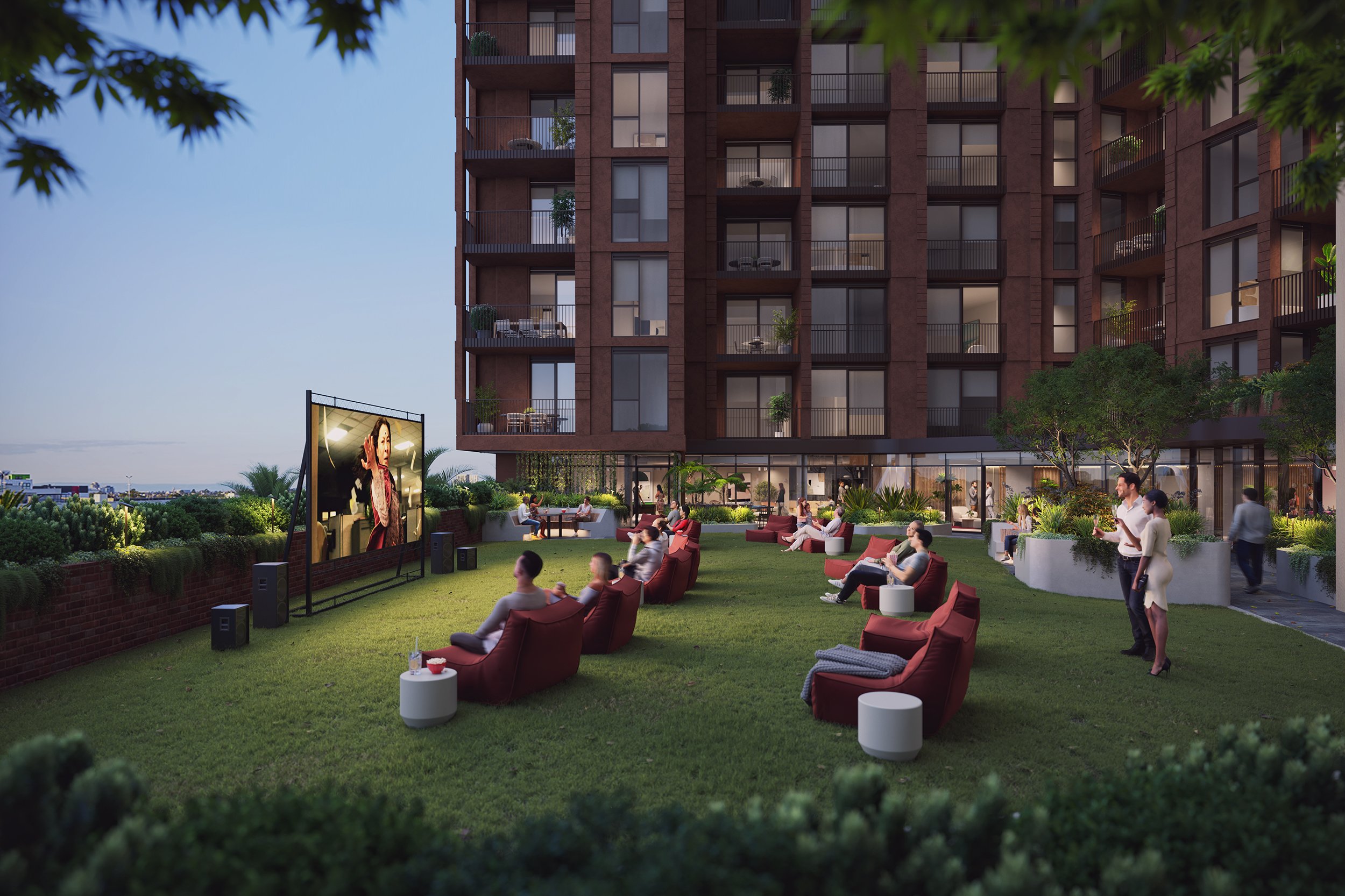
* An artist’s impression of Indi Footscray.
Why are investors looking at BTR?
Investors are attracted to BTR for several reasons.
- Consistent returns and lower risk: BTR investments provide a stable and reliable income stream, offering levels of predictability that are attractive to risk-conscious investors.
- Professional management and desirable locations: Investors are drawn to the well-managed and strategically located nature of BTR properties, anticipating sustained demand in sought-after areas.
- Diversification: Incorporating BTR into an investment portfolio allows investors to diversify their holdings, potentially mitigating risks associated with a single asset class.
- Solutions at scale: BTR can deliver housing at scale, deliver diversity of rental stock and, as mentioned above, create key worker accommodation. This broader social agenda aligns with many institutional investors’ environment, social and governance (ESG) objectives.
According to EY analysis, the US, UK, Japan, Canada, among others, have used institutional capital to improve their nations’ housing stock and the rental experience for tenants. Currently around 67% of the equity in Australian BTR projects originates overseas. Attracting international capital can help Australia build tens of thousands of new homes where people want to live.
What is holding BTR back?
Institutional investors, like superannuation and sovereign wealth funds, are attracted to the asset class because of its stable, long-term returns. But the current tax regulations are a handbrake on BTR investment.
For example, developers cannot claim GST input tax credits for land, construction, consultant costs and operations. This makes BTR 10% more expensive to construct and operate than build to sell projects.
Some recent policy changes and tax incentives have been announced by state and federal governments to stimulate growth. For instance, the tax rate for managed investment trusts will fall from 30% to 15% on 1 July 2024. Some state governments have offered a 50% land tax discount to encourage projects.
With the right investment settings and incentives, EY estimates that BTR could deliver up to 150,000 apartments over the next 10 years.
What does Investa’s pipeline look like?
Investa has three Indi properties in the pipeline, with ambitions to substantially grow this portfolio of BTR units.
The 39-storey Indi Sydney will be operational in 2024. With 234 stylish one, two and three bedroom apartments, Indi Sydney will be the first BTR tower in the city’s CBD.
Indi Sydney will be closely followed by Indi Footscray and Indi Southbank in 2025. Indi Footscray, comprising 702 units, is located across from Footscray Station, making for a quick 15-minute commute to the CBD. Indi Southbank will incorporate 434 apartments, including 40 for key workers. Totalling 1,370 units, Investa is working alongside Oxford Properties on these developments.
Each Indi apartment building will offer high quality amenity and stunning shared spaces, all designed specifically for rental.
Residents of Indi will enjoy a community approach to living with pet-friendly policies, sustainable design and operations, proactive maintenance and the peace of mind that comes with lease flexibility and security of tenure.
Every Indi building will be different, because each Indi community will be unique. Amenities include co-working space and gyms, outdoor entertaining and BBQs, gourmet kitchens and rooftop gardens.
But what makes Indi stand out from the crowd is its focus on connection and community. With the freedom to stay as long as they want, residents can put down roots.
Will BTR solve the housing crisis?
The short answer is ‘no’. Knight Frank estimates that adding 55,000 BTR apartments to Australia's national stock would still only represent 1.5% of the total rental supply in Australia. But it can play a role in alleviating the acute rental shortage in our capital cities, especially as migration resumes and international students return in significant numbers.
Importantly, BTR can give Australians more choice in where they live and how they want to live.
Most Australian rental properties were not built to rent. Individual standalone homes are typically designed and constructed for owners, and then happen to find their way onto the rental market. Apartment blocks are often designed and built to appeal to off-the-plan investors. When comfort and community are secondary to development yields and investor price points, the result is often uniform rather than uplifting.
BTR responds to the changing lifestyles, priorities and circumstances of Australians, offering both flexibility and security.
Australia's residential real estate story has opened a new chapter. BTR is not a panacea to the housing crisis but can be a powerful contributor to Australia’s future by giving renters more than just a place to stay – but a true sense of home.


